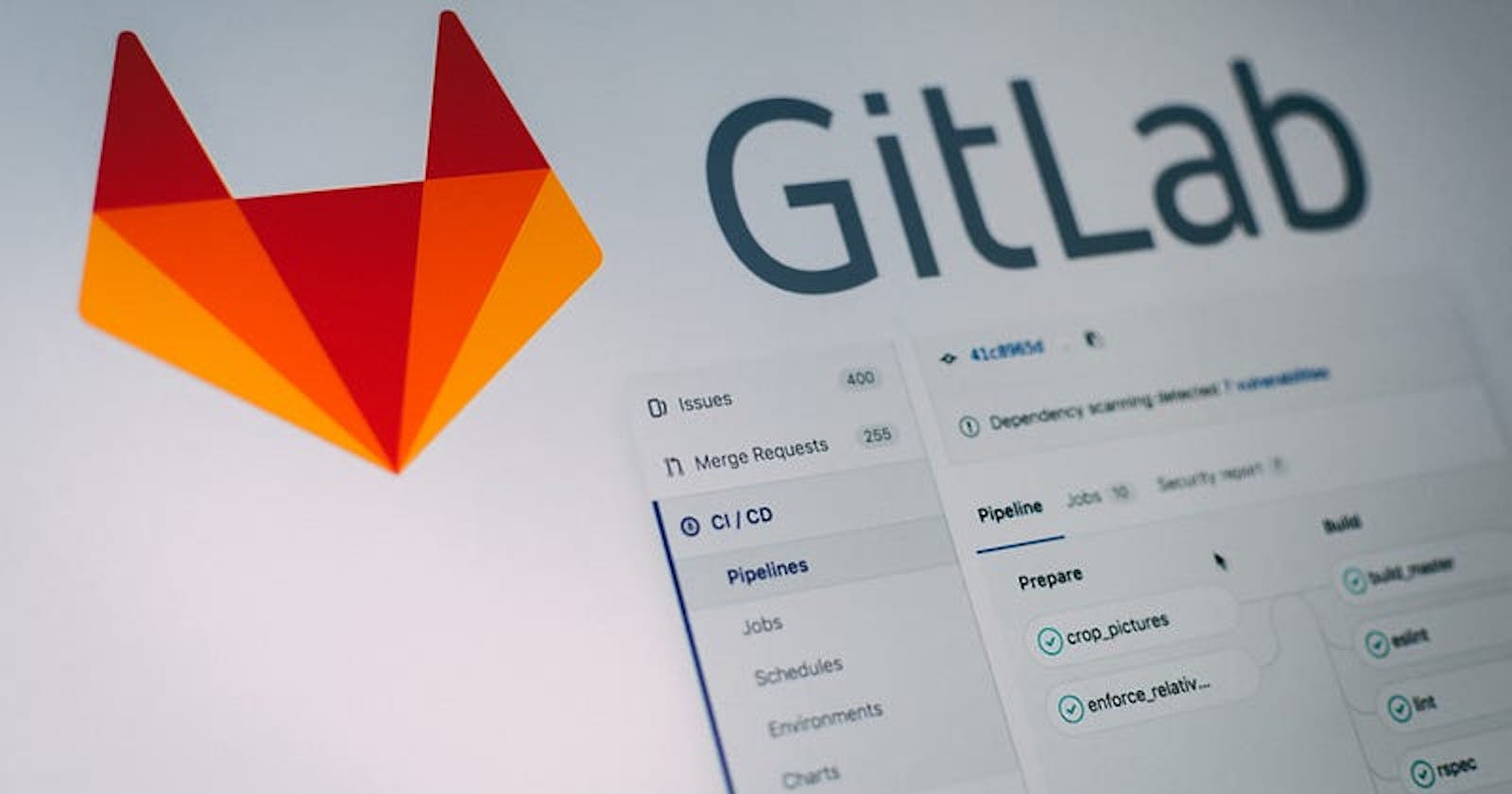After almost 2 decades I used Xojo, this is the first time I’m aware that Xojo Inc. admit issues and is finally improving its feedback mechanism.
That’s good. Learn, un-learn, re-learn. But less than half a year ago the “transparency” still looked quite the opposite:
Xojo Web 2 failed for such a large-scale product. I can judge that because I failed with a more complex product with Xojo Web 2.
The main reason is not just bugs that weren’t closed, but old bugs that keep coming back in new versions. I hope for still active users that bugs will now be addressed more quickly and consistently, but seeing the ratio of bugs versus the number of developers I have little hope.
I still want Xojo to succeed, but there is a long way to go. For this reason, I would have written xojo's post as follows:
Improve Xojo (Web 2).
Disclaimer: This is a fictitious adaptation of the original post that reflects solely my opinion of what an honest post should look like. All rights of the original post belong to the original author and Xojo.
Xojo is a development tool from Xojo Inc. which, as a cross-development tool, does not master and mimic all the native functions of an OS and the underlying hardware architecture, but promises that you can use it to easily do cross-platform development for desktop and mobile (iOS ( and soon — announced for several years — Android).
Xojo can be used for many things, but one thing it’s not particularly good at is high-performing and large web projects.
Many large projects (both open and closed source) use tools other than Xojo for this purpose. We think these tools have great features. For example, they implemented git out-of-the-box, which will almost certainly lead to more people using these tools. The creator of a program can use versioning for the code, collaborate with others and all developers are up to date without having to ask anyone. I could go on. I only picked up git, as it is a must-have for any developer in 2022. Other IDEs are as comprehensive and well thought out. This is not surprising since that is what professionals do. Of course, we wanted to have all these features in our own Xojo system. That’s why we have to get faster and finally fix bugs, especially those nasty show-stoppers for our customers.
Over time, this list of bugs grew and grew. But we could never manage this list properly with our tools. There are just over 59,000 cases (since feedback began more than a decade ago) and as you can imagine, sifting through these bugs has been impossible for our small team. It took almost a week and ran almost around the clock until we had all the entries in our new tool. Having all cases in “Issues” helped us see how badly Xojo (Web 2) is performing and what our customers are suffering from. We saw immediately that we finally and quickly have to fix our bugs.
While we’re disappointed that our nearly full web-based version for feedback in Xojo Web 2 isn’t what we’ll be using (as it doesn’t work as expected), we’re confident that using “Issues” can help that Xojo Web 2 may eventually be used for large applications. We’re in the business of delivering Xojo, and anything we can do to devote more resources to it is an improvement, especially after the Web 2 lead engineer left recently, though we already found a replacement. In this case, a system that already does everything we want and more, and is maintained by others, outweighs one written in Xojo. Sadly this does apply to Xojo as a tool, not the feedback app only.
We already have hundreds of example projects, a great web-based example (Eddie’s Electronics, which we will continue to improve), the Xojo Showcase, the Xojo Cloud Control Panel, as well as many internal web apps, all written in Xojo. But these are all gimmicks, aren’t they? With the development of the Feedback Case App for Web2, we, unfortunately, had to see that the tool lacks features and does contain show stoppers and is therefore often unusable.
The development of this WebApp has resulted in many improvements to the Xojo Web Framework, but we (aka the new guy) still have a lot to do. Many of you have attempted to build even larger and more sophisticated web apps in Xojo, so we’ve had plenty of feedback from you on how it could be improved. We continue to be grateful for that, even in the case we did not acknowledge some of your feedback in the past. We also develop the Xojo IDE and many of the frameworks in Xojo. Xojo engineers spend more time each day in Xojo than in anything else. That’s unhealthy, so we’re considering hiring even more engineers in… next decade.
Our migration to “Issues” is now complete. So when you launch the Feedback app or click Feedback in the Xojo toolbar, you’ll be taken to the new Issues system. You will find all your cases there and will be notified if they change. You can use the new system to search for existing issues, give them a positive or negative vote, add new comments and files, create new issues, etc. Most importantly, you can close cases too, a great feature to clean your pipeline of complaints. It’s also very well designed to encourage conversation about an issue. I think you’ll find that it’s easier to use and at the same time more powerful than feedback. Our developers are not engaged too much in the forum, but they have plenty of time to chat with you on “Issues”. We’ve implemented single sign-on so you’re automatically signed in with your Xojo credentials. All feedback case links in the forum will be updated to point to the same case but in issues. In some cases, the tool also shows internal comments, as we also want to increase transparency and show you that we finally walk the talk.
Issues are far more transparent than Feedback. The advantage for you is that you see more information about each issue. You can see how many issues have been created (we suggest you are planning a two weeks holiday). You can see which member of the Xojo team an issue is assigned to (granted, this was always easy to guess, given the size of our team). You can also see which Xojo release (milestone) it is associated with. Keep in mind that this is just a best guess. When it’s time to start pre-release testing, an issue that isn’t closed yet will likely be pushed to a later release. However, we will still not announce this. As much as closed issues in the past sometimes never made it into any releases. We continue to love it when our customers are delighted when their worries are suddenly and surprisingly resolved and they will renew their licenses to get the benefits of this fix. But we promise that we’ll continue to dilute that anticipation with other bugs. We just can’t get out of our skin here, it’s part of our DNA. Some solved bugs might still pop up again in a future release, but now you will be able to just re-open your old case. No need to fill a new case. We call that innovation.
This transparency is important to us because we’ve learned that many developers can’t remember which bugs they reported several years ago.
We’ve always tried to be fairly open about Xojo. While bugs always come with a cost for our customers, we believe that addressing them is in the best long-term interest of the Xojo community and ultimately drives Xojo to do what it needs to do. Until that happens, it’s understandable that you might want to use other tools, just like we’re doing with “Issues” now. We are all in the same boat, see you on the other side.

